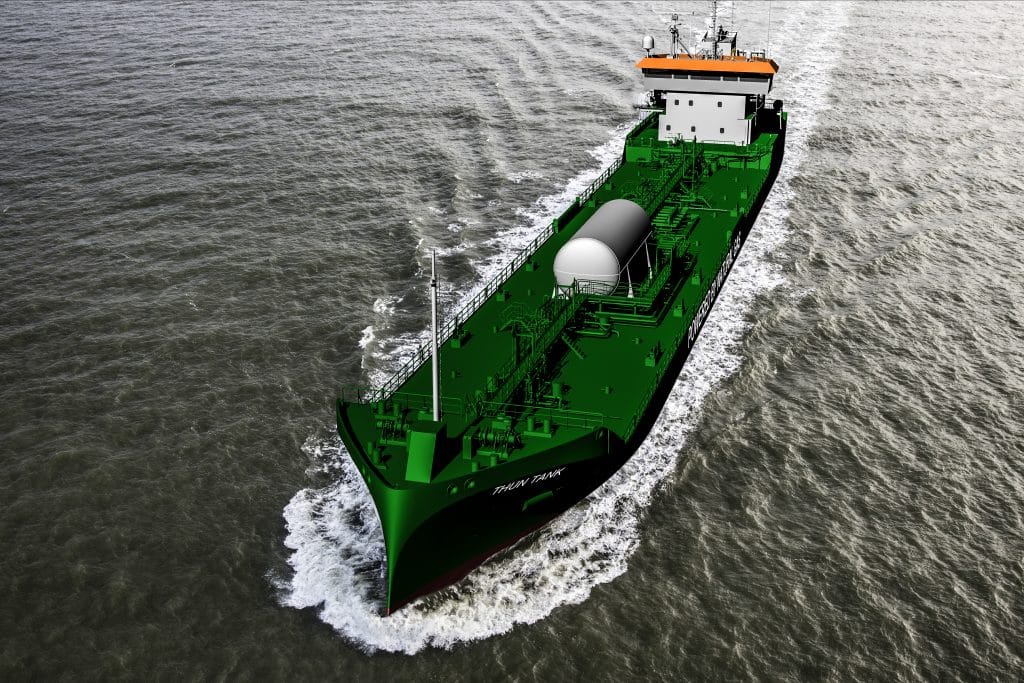Do dual-fuel engines bring dual trouble or double opportunity?
Navigating Emissions: Dual-Fuel Engines Under Scrutiny

As the January deadline for FuelEU enforcement approaches and the International Maritime Organization’s 2050 net-zero target looms large, dual-fuel engines are emerging as a crucial asset in the maritime industry’s battle against tightening emissions regulations. However, owning such technology is not enough; operators must effectively monitor and manage these engines to truly benefit from a cleaner future. Without diligent oversight, the complexities of switching fuels and maintaining compliance can quickly lead to significant operational challenges.
Compliance Challenges and Data Discipline
The transition to dual-fuel engines, which often operate on combinations like LNG/VLSFO or methanol/MGO, offers flexibility for ship operators to manage varying regional regulations and fuel prices. However, this flexibility can also introduce complications. Fuels such as VLSFO are prone to rapid degradation, requiring vigilant monitoring to avoid performance issues or non-compliance with emissions standards. Additionally, the seamless switching between different fuel types is critical; even a minor error can lead to engine damage or unexpected emissions spikes. Maintaining consistent engine performance across varying combustion requirements is no small feat, especially when conditions can change during a voyage.
As FuelEU regulations shift from annual reporting to voyage-by-voyage compliance, real-time data tracking has transitioned from a luxury to a necessity. Operators must accurately document fuel usage, performance, and emissions to demonstrate compliance and preemptively address potential issues. This new reality demands a rigorous approach to data management. Tools like EmissionLink are becoming essential for operators, enabling them to consolidate live emission data and fuel usage into an auditable format for regulatory bodies and commercial partners. Failure to adopt such systems risks reliance on incomplete logs and unverifiable claims, which can jeopardize compliance audits.
Commercial Implications and the Path Forward
Beyond regulatory compliance, well-managed dual-fuel engines can yield substantial commercial advantages. For instance, using cleaner fuels on EU routes can generate compliance credits under FuelEU, which can be traded or used to offset emissions in other fleet operations. Charterers are increasingly demanding reliable emissions data and transparency in fuel management, leading to the incorporation of these requirements into charterparty agreements. A recent report from London law firm HFW highlighted a rise in claims related to dual-fuel vessel management, particularly cases where traditional fuels degraded beyond usability, necessitating their removal from the vessel. This scenario presents a notable risk for charterers, as the loss in value from de-bunkered fuel is typically not insurable.
Ocean Network Express orders 12 methanol dual-fuel container ships
Consequently, responsibilities surrounding fuel management and reporting are evolving into contractual obligations. Shipowners unable to substantiate their claims with data may find themselves excluded from premium charter opportunities, while those who can provide solid data may position themselves favorably for green corridors and environmentally sustainable cargo options. Currently, many vessels equipped with dual-fuel engines remain non-compliant due to inconsistent fuel protocols and insufficient data oversight. The coming year will likely reveal which operators are genuinely committed to decarbonization and which are merely relying on newer technologies and cleaner fuels. Without robust systems and strategies in place, even the best intentions can fall short, turning potential solutions into liabilities in this new regulatory landscape.
